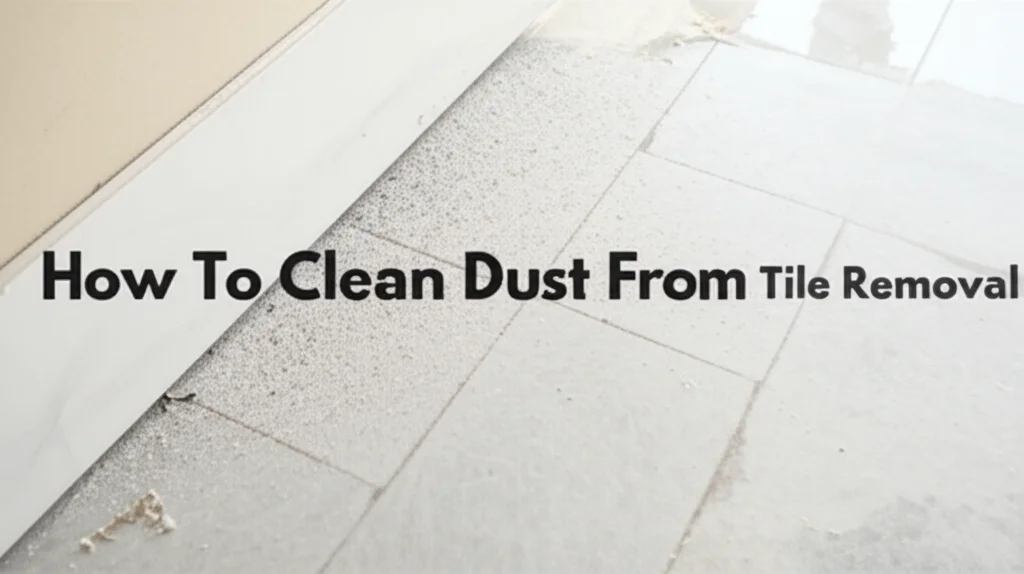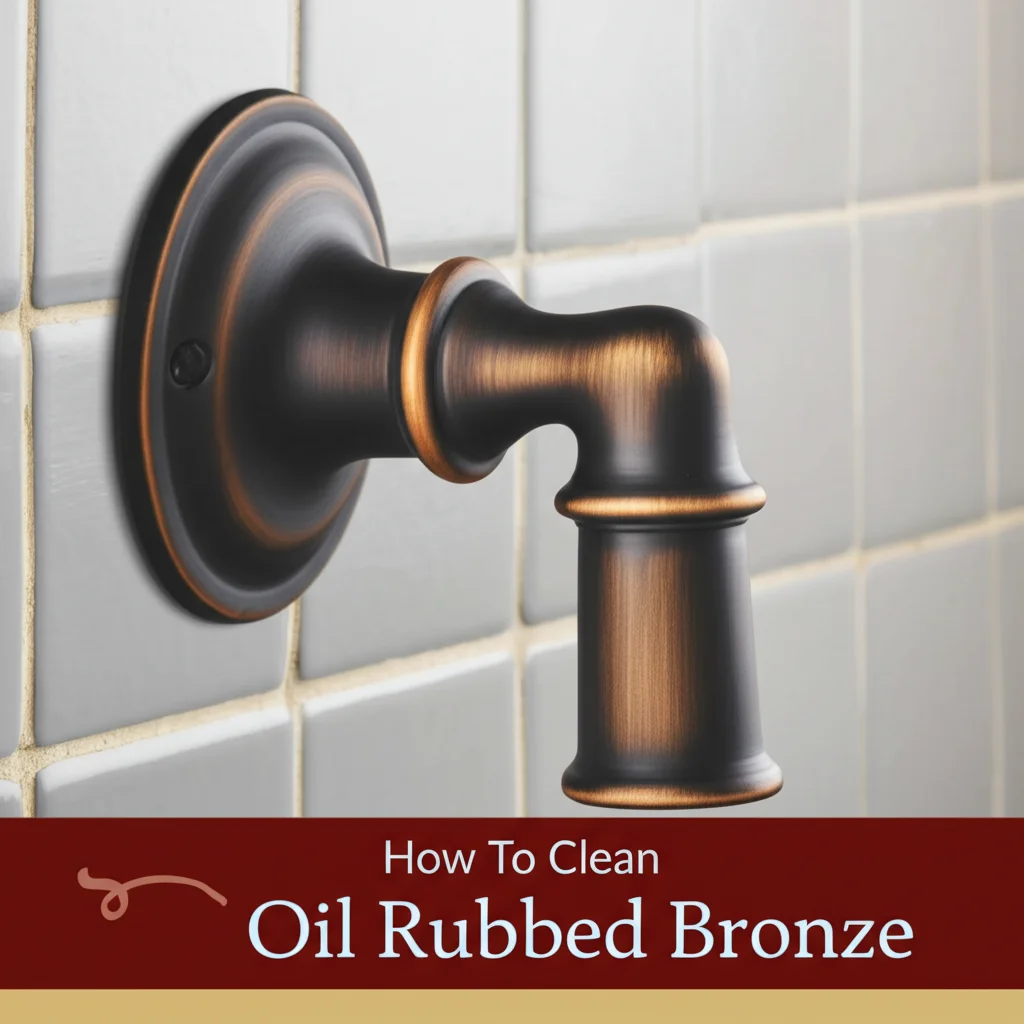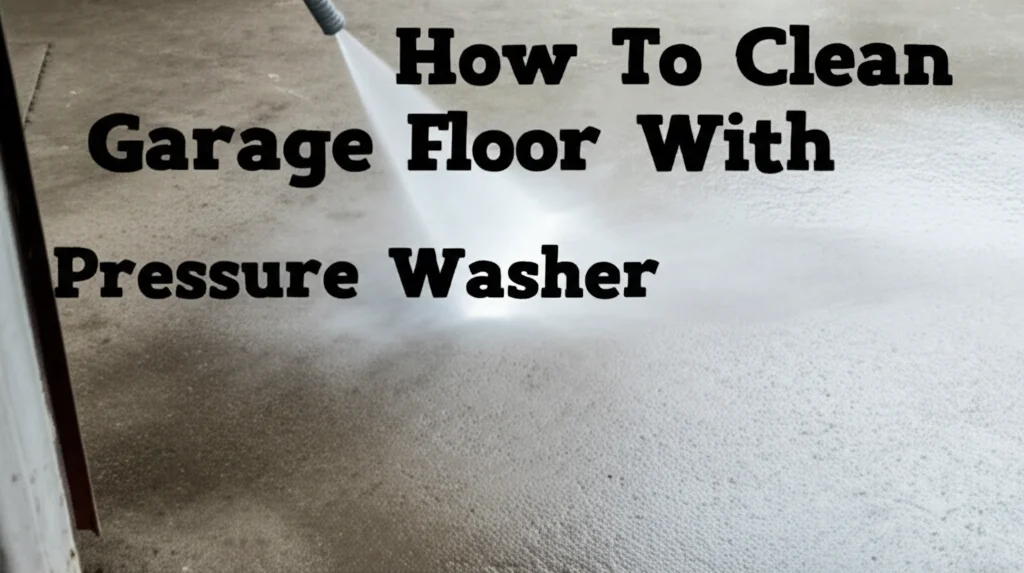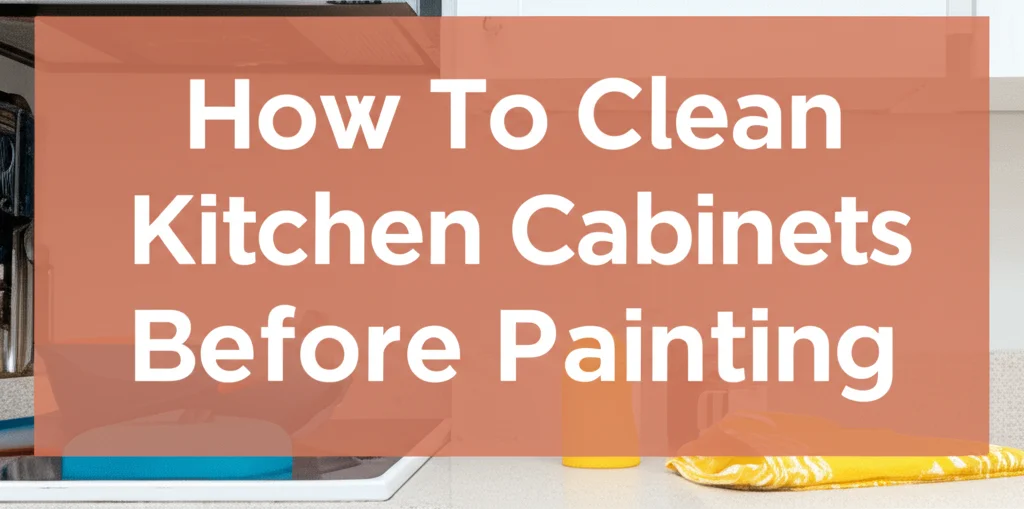· Home Improvement · 7 min read
How To Clean Yellowing Gloss Paint?
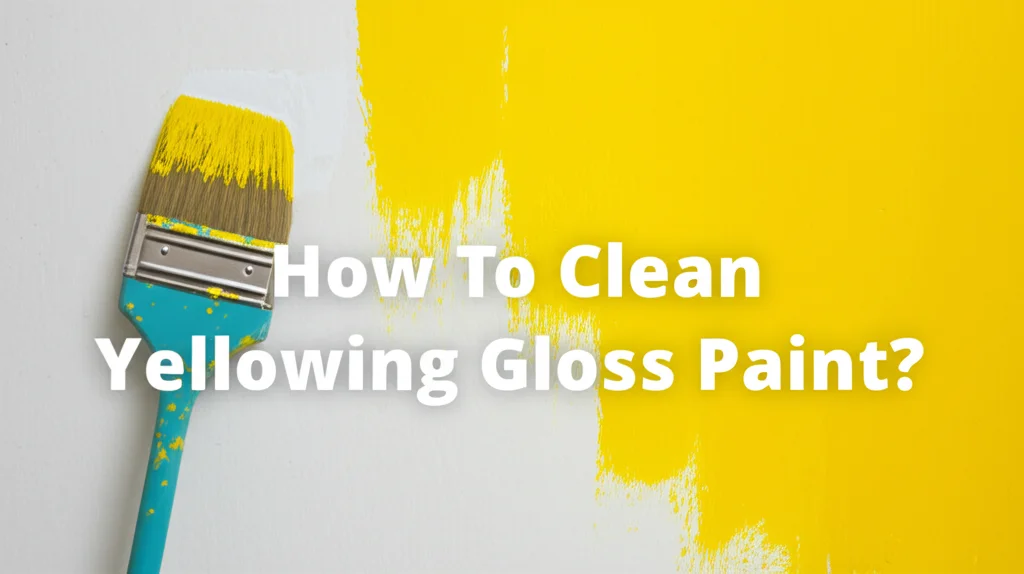
Why Is My Gloss Paint Turning Yellow?
Have you noticed your once-bright, glossy paint looking a little…off? It’s a common problem! Yellowing of gloss paint is frustrating, but thankfully, it’s often fixable. This article will guide you through understanding why this happens and, more importantly, how to clean yellowing gloss paint and bring back its original luster. We’ll cover everything from simple cleaning solutions to more intensive restoration techniques. Let’s get started and revive those surfaces!
Quick Answer: Yellowing gloss paint can often be cleaned with a mild solution of dish soap and warm water, followed by a rinse and dry. For tougher discoloration, try a baking soda paste or a specialized paint cleaner, always testing in an inconspicuous area first.
Key Takeaways:
- Yellowing is often caused by UV exposure, smoke, or grease.
- Gentle cleaning is the first step; avoid abrasive cleaners.
- Prevention is key – use quality paint and maintain good ventilation.
Understanding the Causes of Yellowing Gloss Paint
Before diving into cleaning, it’s helpful to understand why gloss paint yellows. Knowing the cause can help you prevent it from happening again. Several factors contribute to this discoloration, and it’s rarely just one thing.
The Role of UV Exposure
Sunlight is a major culprit. The ultraviolet (UV) rays in sunlight break down the components of the paint, causing it to oxidize and yellow over time. This is especially noticeable on surfaces that receive direct sunlight for extended periods. Think about windowsills or exterior doors.
Smoke and Grease Build-Up
Indoor environments can also contribute to yellowing. Smoke from cooking, cigarettes, or fireplaces deposits residue on surfaces. Similarly, grease splatters from the kitchen accumulate and cause discoloration. These substances cling to the glossy finish, making it appear yellowed and dull.
Paint Quality and Formulation
The quality of the paint itself plays a role. Lower-quality paints are more prone to yellowing because they contain less UV-resistant pigments. Older oil-based paints are particularly susceptible to this issue. Modern water-based acrylic paints generally hold their color better.
Age of the Paint
Even with good quality paint, time takes its toll. Over many years, the paint’s binders can degrade, leading to yellowing. This is a natural process, but it can be slowed down with proper care and maintenance.
Simple Cleaning: Dish Soap and Warm Water
Let’s start with the easiest method. Often, a simple cleaning is all you need to remove light yellowing and surface grime. This is a great first step before trying more intensive methods.
- Gather your supplies: You’ll need warm water, mild dish soap (like Dawn), a soft sponge or microfiber cloth, and a clean bucket.
- Mix the solution: Add a few drops of dish soap to the warm water and mix gently. Avoid creating excessive suds.
- Apply and wipe: Dip the sponge or cloth into the soapy water, wring out the excess, and gently wipe the yellowed paint. Work in small sections, rinsing the cloth frequently.
- Rinse and dry: Rinse the surface with clean water to remove any soap residue. Dry thoroughly with a clean, dry microfiber cloth. This prevents water spots.
This method is effective for removing surface dirt and light discoloration. If the yellowing persists, move on to the next step. You can also check out https://www.beacleaner.com/how-to-clean-vinyl-plank-flooring/ for more cleaning tips.
Baking Soda Paste for Stubborn Yellowing
For more stubborn yellowing, a baking soda paste can provide gentle abrasion to lift the discoloration. Baking soda is a mild abrasive that won’t damage the paint if used carefully.
- Make the paste: Mix baking soda with a small amount of water to create a thick paste. The consistency should be similar to toothpaste.
- Test in an inconspicuous area: Always test the paste in a hidden spot first to ensure it doesn’t damage the paint.
- Apply and gently scrub: Apply the paste to the yellowed area and gently scrub in a circular motion with a soft cloth. Avoid applying too much pressure.
- Rinse and dry: Rinse the surface thoroughly with clean water to remove all traces of baking soda. Dry with a clean microfiber cloth.
This method is particularly effective for removing grease and grime that contribute to yellowing. Remember to be gentle and avoid harsh scrubbing.
Using Specialized Paint Cleaners
If dish soap and baking soda aren’t enough, consider using a specialized paint cleaner. These cleaners are formulated to remove stubborn stains and discoloration without damaging the paint.
Choosing the Right Cleaner
Look for a cleaner specifically designed for gloss paint. Avoid abrasive cleaners, as they can scratch the surface. Read the product label carefully and follow the manufacturer’s instructions.
Application and Safety
- Test first: As with any cleaning product, test the cleaner in an inconspicuous area before applying it to the entire surface.
- Apply and let sit: Apply the cleaner according to the instructions, usually spraying it on and letting it sit for a few minutes.
- Wipe and rinse: Wipe the surface with a clean cloth and rinse thoroughly with clean water. Dry with a microfiber cloth.
- Ventilation: Ensure good ventilation when using paint cleaners, as some may contain strong chemicals.
You might also find helpful information on https://www.beacleaner.com/how-to-clean-hardwood-floors-with-vinegar/ regarding cleaning solutions.
Addressing Yellowing on Different Surfaces
The best cleaning method can vary depending on the surface you’re dealing with. Here’s a breakdown for common areas:
Walls and Trim
For walls and trim, the dish soap and warm water method is usually sufficient for light yellowing. For more stubborn stains, the baking soda paste or a specialized paint cleaner can be used. Be careful not to get water on surrounding surfaces.
Doors and Cabinets
Doors and cabinets often accumulate grease and grime. A baking soda paste or a degreasing paint cleaner is particularly effective here. Pay attention to areas around handles and knobs.
Window Sills
Window sills are exposed to direct sunlight, making them prone to yellowing. Regular cleaning with dish soap and warm water can help prevent discoloration. Consider using a UV-protective coating to slow down the process.
Furniture
For yellowed furniture, test any cleaning solution in a hidden area first. Use a gentle approach and avoid harsh chemicals that could damage the finish.
Preventing Future Yellowing: Protective Measures
Cleaning is important, but preventing yellowing in the first place is even better. Here are some steps you can take to protect your gloss paint:
Use High-Quality Paint
Invest in high-quality paint with UV-resistant pigments. These paints are more durable and less prone to yellowing.
Improve Ventilation
Ensure good ventilation in your home to reduce smoke and grease build-up. Use exhaust fans in the kitchen and bathroom.
Regular Cleaning
Clean your surfaces regularly to remove dirt and grime before they have a chance to cause discoloration.
UV Protection
Consider applying a UV-protective coating to surfaces that receive direct sunlight. This will help shield the paint from harmful UV rays.
Avoid Abrasive Cleaners
Always use gentle cleaning solutions and avoid abrasive cleaners that can scratch the paint and make it more susceptible to yellowing. You can also learn more about protecting your floors at https://www.beacleaner.com/how-to-clean-waterproof-laminate-floors/.
FAQ: Your Yellowing Paint Questions Answered
Q: Will vinegar clean yellowing paint?
A: While vinegar is a good cleaner, it’s generally not recommended for gloss paint. Its acidity can dull the finish. Stick to milder solutions like dish soap and water.
Q: Can I use bleach to clean yellowing paint?
A: No, never use bleach on paint. It will cause discoloration and damage the finish.
Q: How often should I clean my gloss paint?
A: Regular cleaning, every few weeks, will help prevent yellowing. More frequent cleaning may be needed in high-traffic areas or kitchens.
Q: Is there a way to restore severely yellowed paint without repainting?
A: Severely yellowed paint may be difficult to restore completely. Professional paint restoration services may offer options, but repainting is often the most effective solution.
Bringing Back the Shine: A Final Word
Cleaning yellowing gloss paint doesn’t have to be a daunting task. By understanding the causes of yellowing and using the right cleaning methods, you can restore your surfaces to their former glory. Remember to start with the gentlest approach and always test any cleaning solution in an inconspicuous area first. With a little effort and preventative care, you can keep your gloss paint looking bright and beautiful for years to come. Don’t hesitate to explore other cleaning resources on our site, like https://www.beacleaner.com/how-to-remove-mold-from-painted-walls/ for related cleaning challenges.

